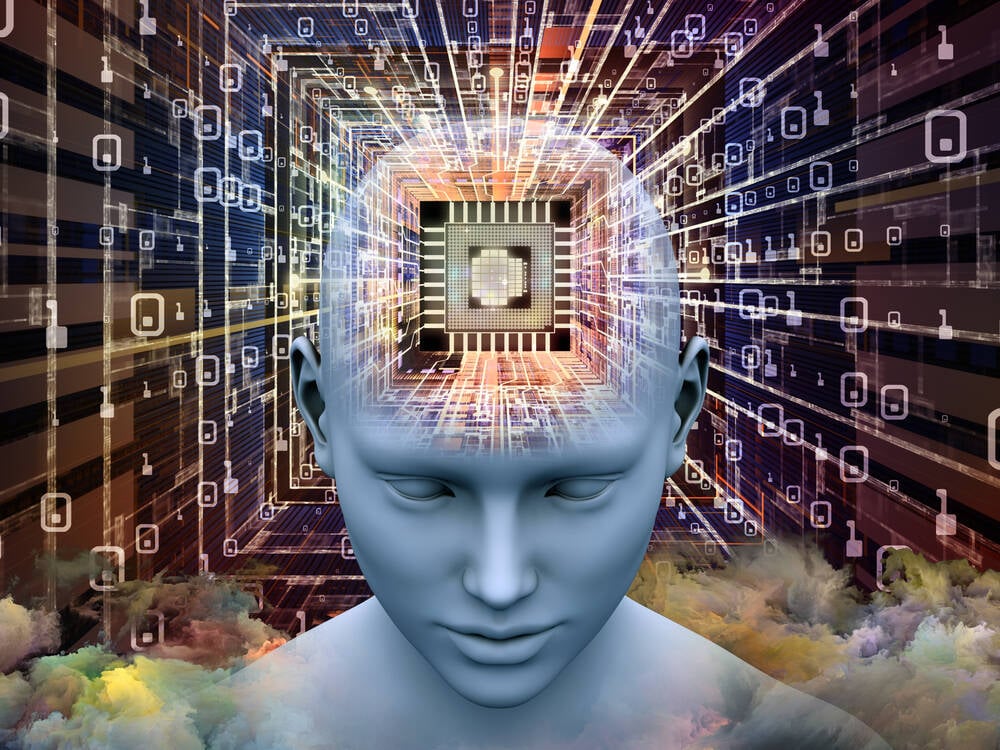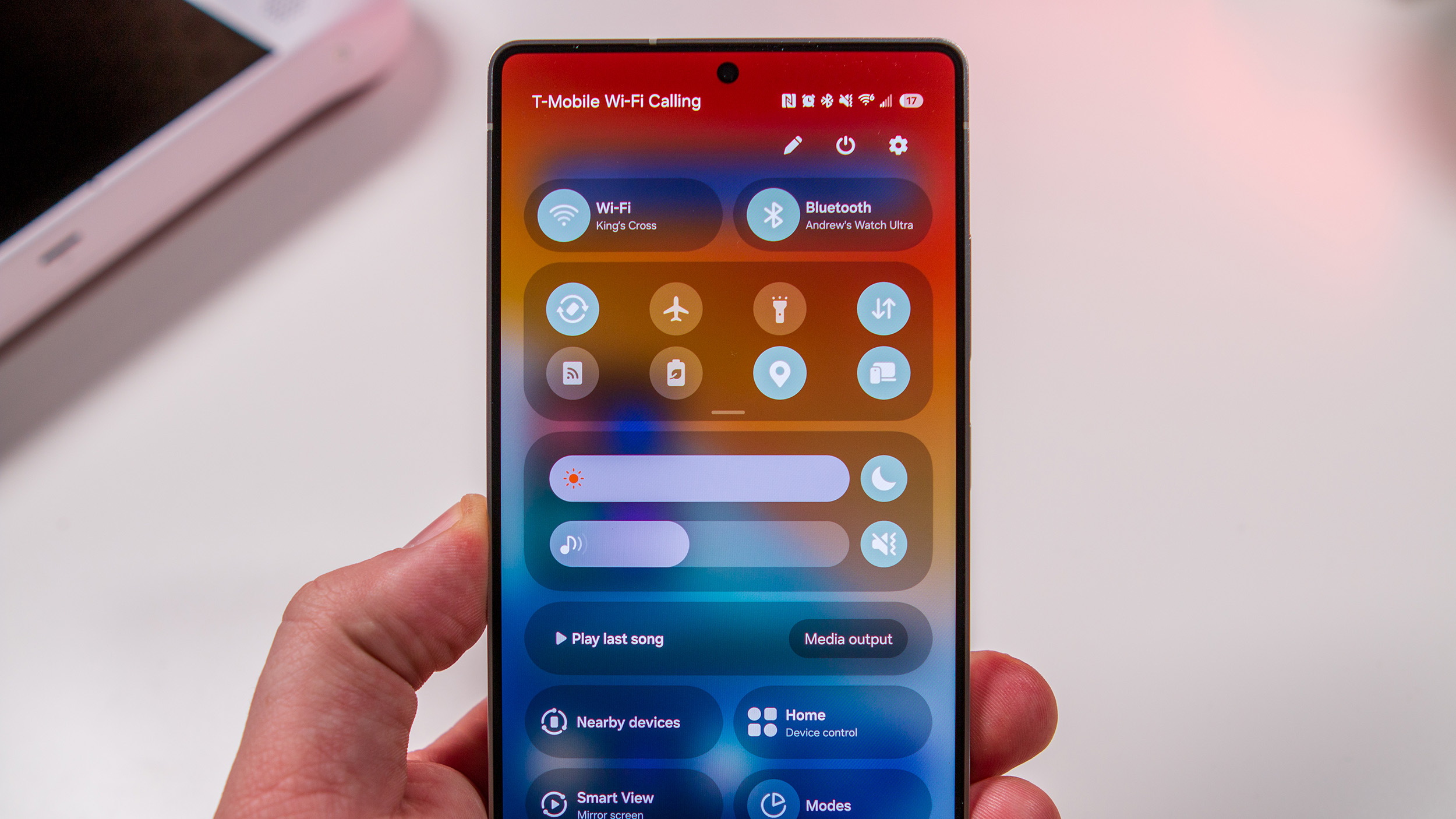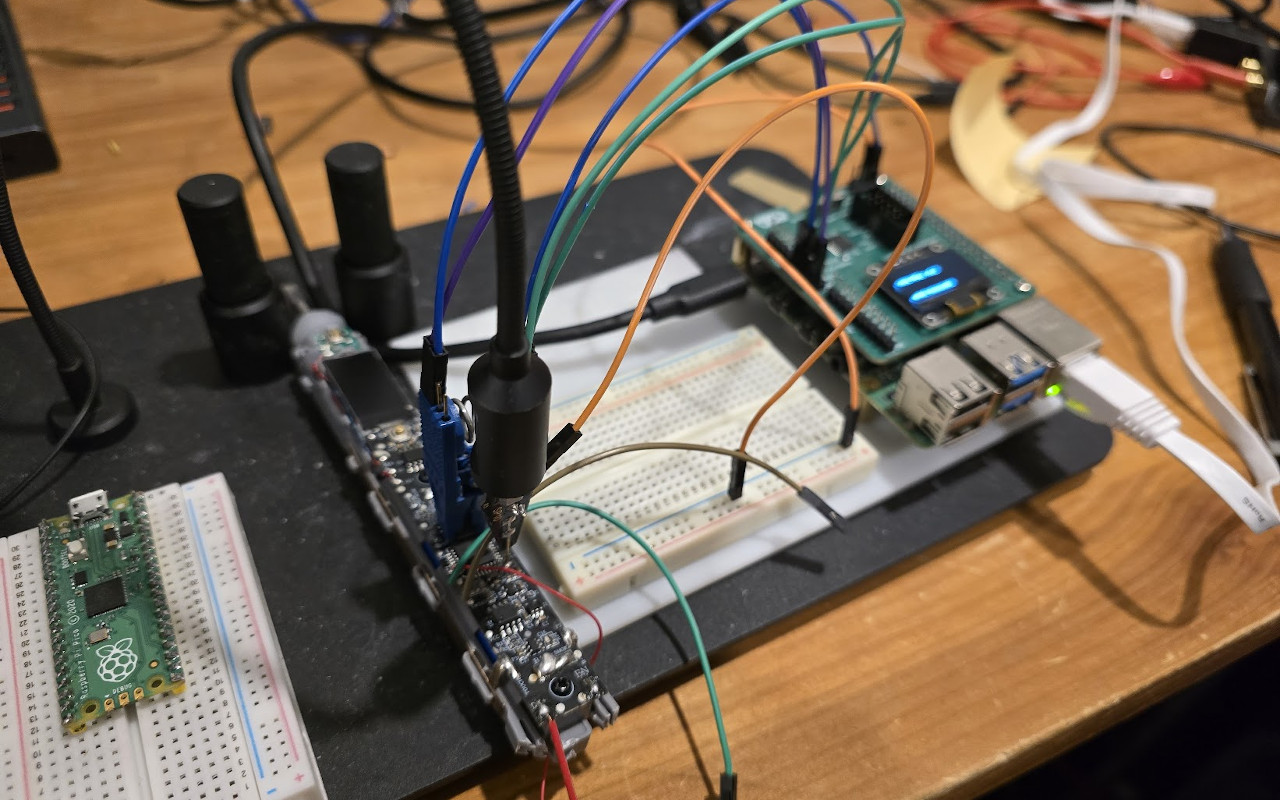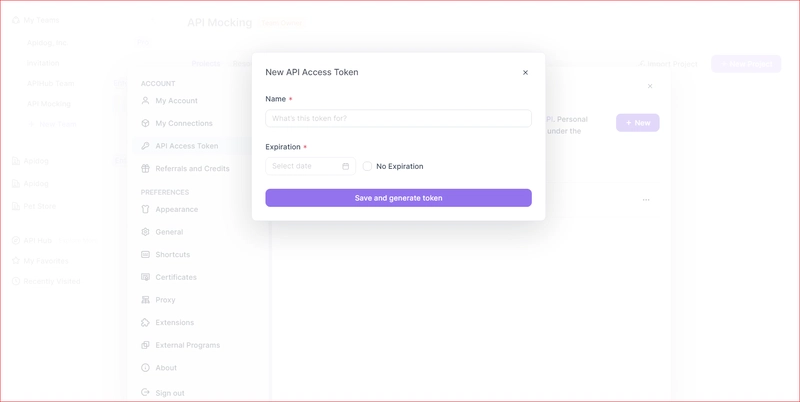Building AI-Driven Augmented Reality Experiences
Introduction Augmented Reality (AR) and Artificial Intelligence (AI) are two cutting-edge technologies that have taken the world by storm. AR involves overlaying digital information onto the real world, while AI involves machines that can perform tasks that usually require human intelligence. Combining these two technologies has resulted in the creation of AI-driven AR experiences, which have revolutionized numerous industries such as entertainment, education, healthcare, and retail. In this article, we will explore the advantages, disadvantages, and key features of building AI-driven AR experiences. Advantages One of the biggest advantages of incorporating AI into AR experiences is the ability to personalize the content for each user. AI algorithms can analyze user behavior and preferences to deliver targeted and relevant content. This not only enhances the user experience but also increases engagement and conversions. Additionally, AI can also improve the accuracy and realism of AR experiences. By using machine learning and computer vision, AI can recognize objects and environments in real-time, making the AR content more realistic and interactive. Disadvantages However, there are also some challenges to building AI-driven AR experiences. One of the main concerns is the high cost involved in developing and implementing these technologies. Not all businesses have the budget to invest in such advanced systems, making it difficult for them to compete in the market. Another disadvantage is the potential for AI bias. Since AI algorithms are trained using data sets, they can inherit any biases present in the data. This can lead to biased AR experiences, which can have negative impacts on certain groups of users. Features The key features of AI-driven AR experiences include real-time recognition and tracking, personalized content delivery, and natural language processing. These features allow for seamless integration of AI and AR, creating immersive and personalized experiences for the users. Real-time recognition and tracking enable AR content to be accurately placed and anchored in the real world. Personalized content delivery uses AI algorithms to analyze user data and preferences, ensuring the content is relevant and tailored to each user. Natural language processing allows for voice commands and interactions, making the AR experience more intuitive and user-friendly. Conclusion The combination of AI and AR has opened up endless possibilities in terms of creating immersive and personalized experiences for users. However, it is important to understand the advantages and disadvantages of this technology to ensure responsible and ethical use. As AI continues to advance, the potential for AI-driven AR experiences to transform industries and enhance human experiences is limitless. With proper development and implementation, AI-driven AR experiences have the potential to shape our future in unimaginable ways.

Introduction
Augmented Reality (AR) and Artificial Intelligence (AI) are two cutting-edge technologies that have taken the world by storm. AR involves overlaying digital information onto the real world, while AI involves machines that can perform tasks that usually require human intelligence. Combining these two technologies has resulted in the creation of AI-driven AR experiences, which have revolutionized numerous industries such as entertainment, education, healthcare, and retail. In this article, we will explore the advantages, disadvantages, and key features of building AI-driven AR experiences.
Advantages
One of the biggest advantages of incorporating AI into AR experiences is the ability to personalize the content for each user. AI algorithms can analyze user behavior and preferences to deliver targeted and relevant content. This not only enhances the user experience but also increases engagement and conversions.
Additionally, AI can also improve the accuracy and realism of AR experiences. By using machine learning and computer vision, AI can recognize objects and environments in real-time, making the AR content more realistic and interactive.
Disadvantages
However, there are also some challenges to building AI-driven AR experiences. One of the main concerns is the high cost involved in developing and implementing these technologies. Not all businesses have the budget to invest in such advanced systems, making it difficult for them to compete in the market.
Another disadvantage is the potential for AI bias. Since AI algorithms are trained using data sets, they can inherit any biases present in the data. This can lead to biased AR experiences, which can have negative impacts on certain groups of users.
Features
The key features of AI-driven AR experiences include real-time recognition and tracking, personalized content delivery, and natural language processing. These features allow for seamless integration of AI and AR, creating immersive and personalized experiences for the users.
Real-time recognition and tracking enable AR content to be accurately placed and anchored in the real world. Personalized content delivery uses AI algorithms to analyze user data and preferences, ensuring the content is relevant and tailored to each user. Natural language processing allows for voice commands and interactions, making the AR experience more intuitive and user-friendly.
Conclusion
The combination of AI and AR has opened up endless possibilities in terms of creating immersive and personalized experiences for users. However, it is important to understand the advantages and disadvantages of this technology to ensure responsible and ethical use. As AI continues to advance, the potential for AI-driven AR experiences to transform industries and enhance human experiences is limitless. With proper development and implementation, AI-driven AR experiences have the potential to shape our future in unimaginable ways.































































![Nomad Goods Launches 15% Sitewide Sale for 48 Hours Only [Deal]](https://www.iclarified.com/images/news/96899/96899/96899-640.jpg)


![Apple Watch Series 10 Prototype with Mystery Sensor Surfaces [Images]](https://www.iclarified.com/images/news/96892/96892/96892-640.jpg)




















































































































































































![[The AI Show Episode 142]: ChatGPT’s New Image Generator, Studio Ghibli Craze and Backlash, Gemini 2.5, OpenAI Academy, 4o Updates, Vibe Marketing & xAI Acquires X](https://www.marketingaiinstitute.com/hubfs/ep%20142%20cover.png)
















































































































![Is this a suitable approach to architect a flutter app? [closed]](https://i.sstatic.net/4hMHGb1L.png)




















![From broke musician to working dev. How college drop-out Ryan Furrer taught himself to code [Podcast #166]](https://cdn.hashnode.com/res/hashnode/image/upload/v1743189826063/2080cde4-6fc0-46fb-b98d-b3d59841e8c4.png?#)













_kYeMsh2.png?width=1920&height=1920&fit=bounds&quality=80&format=jpg&auto=webp#)











.png?width=1920&height=1920&fit=bounds&quality=80&format=jpg&auto=webp#)

































































